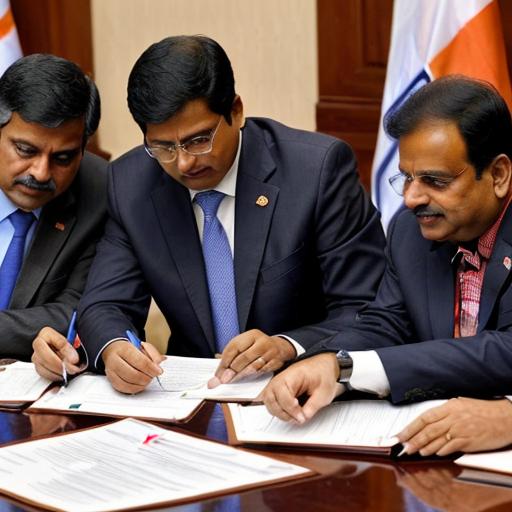Introduction:
In the fast-paced world of politics, crises are inevitable. This blog serves as a guide to effective crisis communication for political leaders in India, exploring strategies, best practices, and the pivotal role communication plays in maintaining public trust during challenging times.
Understanding the Dynamics of Political Crises
1. Identifying Potential Crises:
Delve into the importance of foresight in recognizing potential crises, enabling leaders to proactively address issues before they escalate.
2. The Speed of Digital Information:
Explore the challenges posed by the rapid dissemination of information in the digital age and its impact on crisis communication strategies.
Proactive Communication Strategies
3. Transparency as a Foundation:
Discuss the role of transparency as a foundational element in crisis communication, building trust and credibility with the public.
4. Quick and Decisive Action:
Highlight the significance of swift and decisive action, demonstrating leadership and a commitment to resolving the crisis effectively.
5. Unified Messaging:
Explore the importance of unified messaging across communication channels, ensuring consistency and clarity in the narrative presented to the public.
Engaging Stakeholders
6. Addressing Concerns of Various Stakeholders:
Discuss the need to tailor communication strategies to address the concerns and expectations of diverse stakeholder groups, including the public, media, and party members.
7. Direct Communication Channels:
Explore the use of direct communication channels, such as press conferences, social media, and official statements, to convey messages directly to the public.
Media Management
8. Media Relations: Building Bridges:
Discuss the role of effective media relations in crisis management, fostering positive relationships with the media for fair and accurate coverage.
9. Crisis Spokesperson:
Highlight the importance of designating a credible spokesperson to convey information during a crisis, ensuring a consistent and reliable source of communication.
Leveraging Social Media
10. Real-time Updates and Engagement:
Explore the use of social media for real-time updates, engagement with the public, and countering misinformation during crises.11. Humanizing the Leader:
Discuss the strategy of humanizing the political leader through social media, showcasing empathy, accountability, and a commitment to resolution.Learning from Past Crises
12. Post-Crisis Evaluation:
Emphasize the importance of conducting a thorough post-crisis evaluation, learning from past experiences to enhance crisis communication strategies in the future.13. Building Resilience: Preparing for Future Challenges:
Discuss the need for leaders to build resilience, preparing for future challenges by implementing lessons learned from previous crises.Crisis Communication Training
14. Training for Crisis Scenarios:
Explore the benefits of crisis communication training for political leaders, equipping them with the skills and knowledge to effectively navigate turbulent situations.15. Team Coordination:
Discuss the significance of coordinated communication efforts within the political leader's team, ensuring a cohesive response to crises.Conclusion
“Navigating Turbulence” provides a roadmap for political leaders in India to navigate crises with resilience and effectiveness. From proactive communication strategies and engaging stakeholders to media management, leveraging social media, and learning from past crises, this blog equips leaders with the tools to communicate decisively, maintain public trust, and emerge stronger from challenging situations.”

